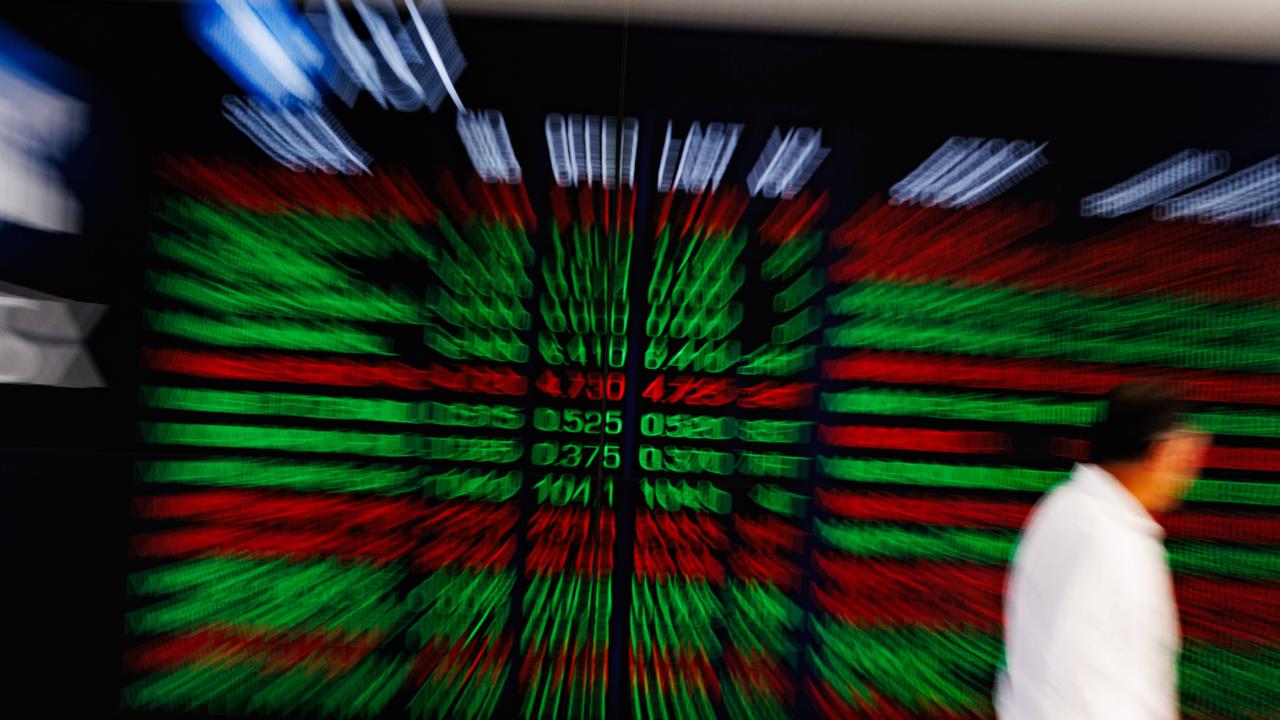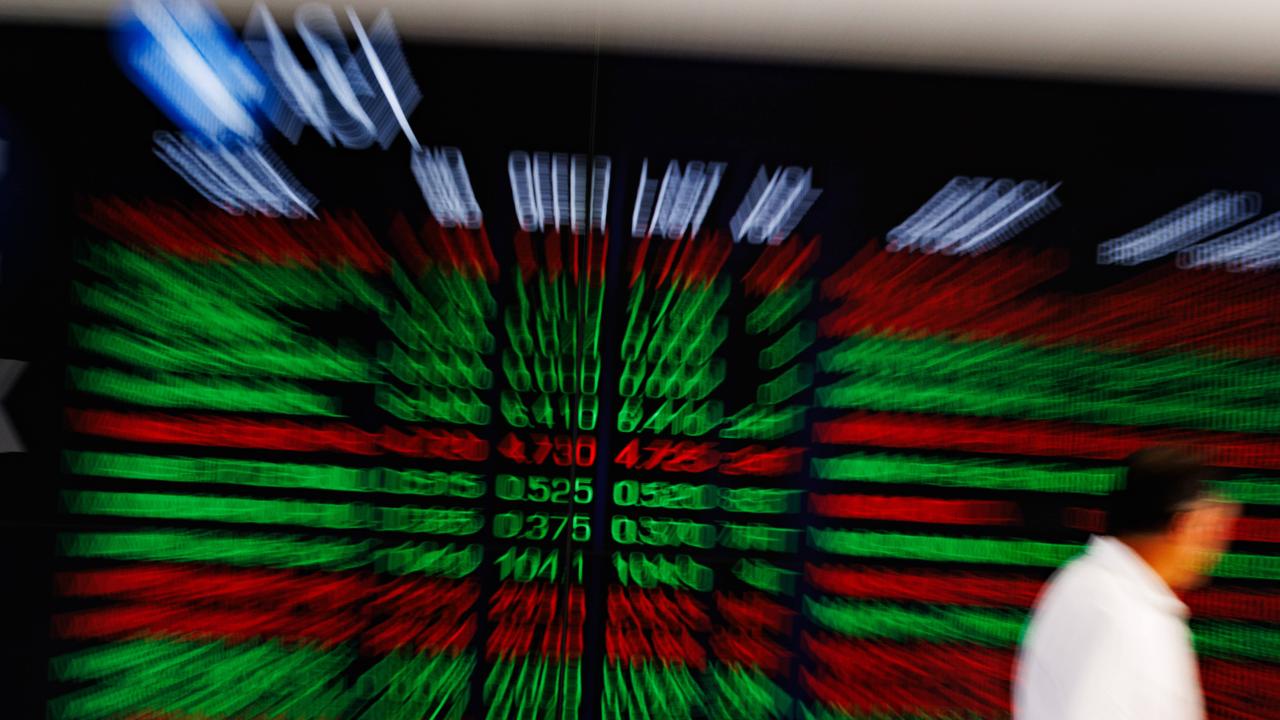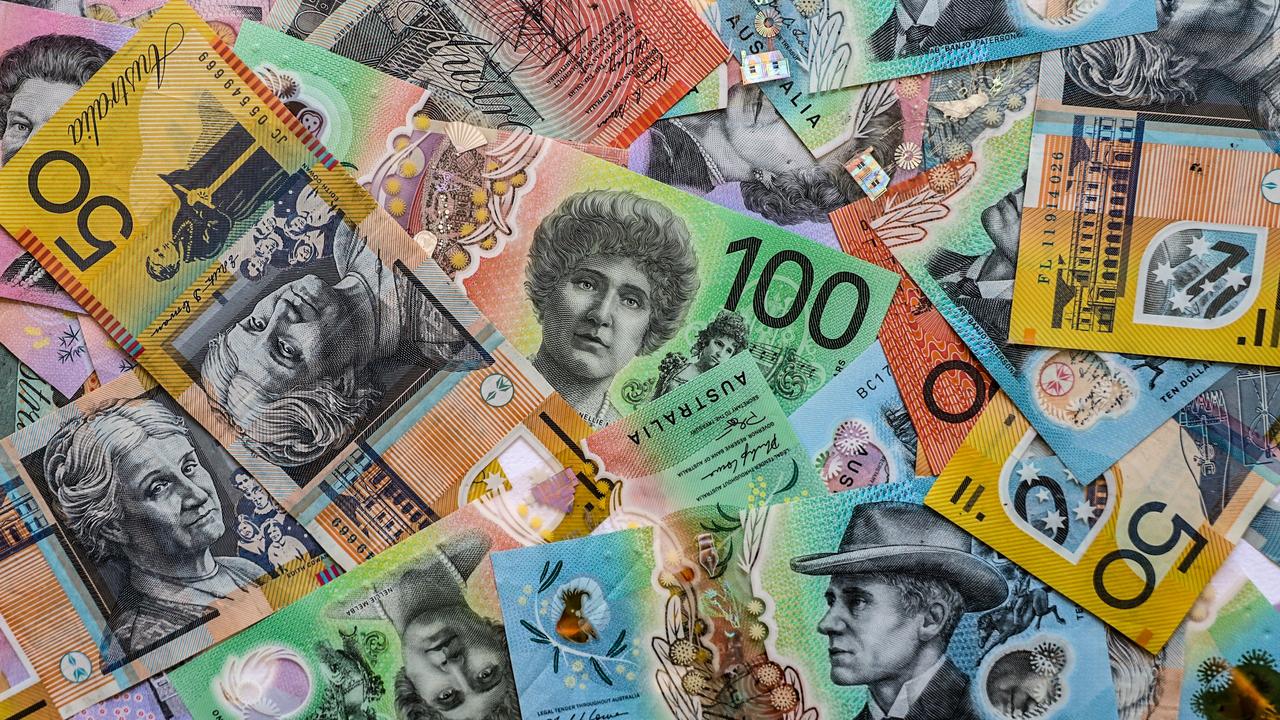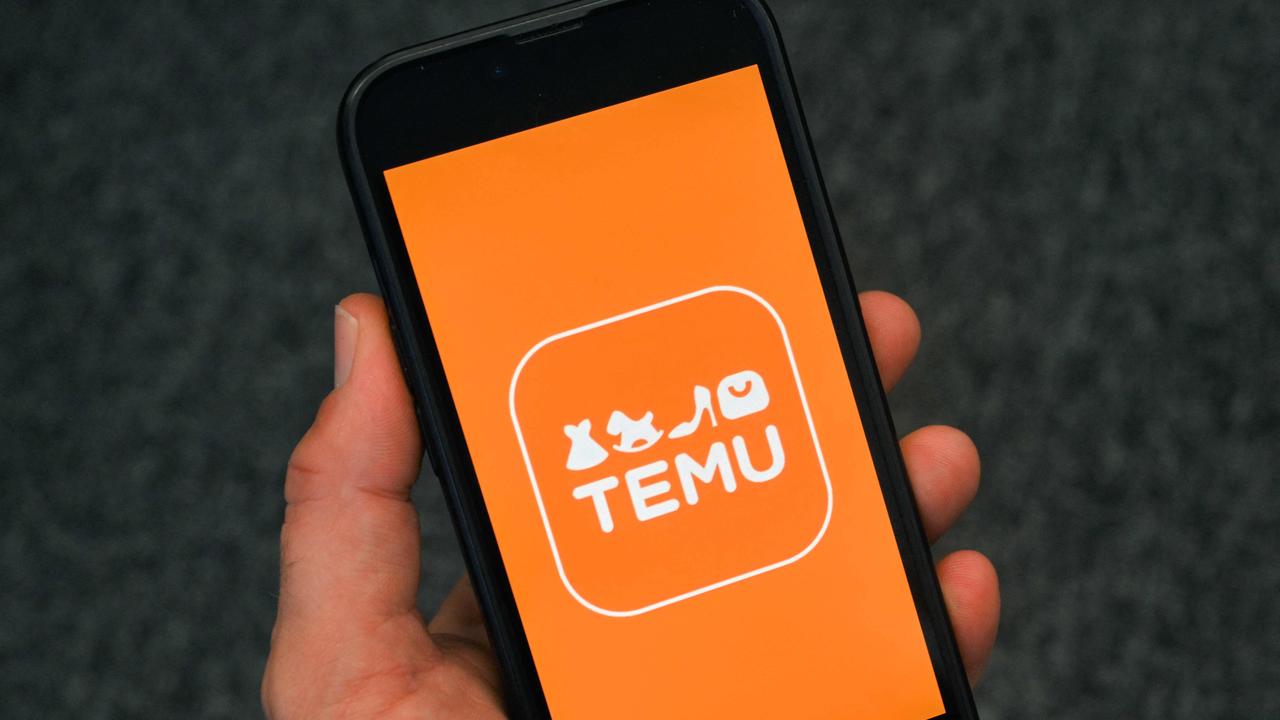Unemployment rate falls to 3.6 per cent defying fears of slowdown
The latest unemployment figures paint a picture of what the Reserve Bank might do with interest rates next week.
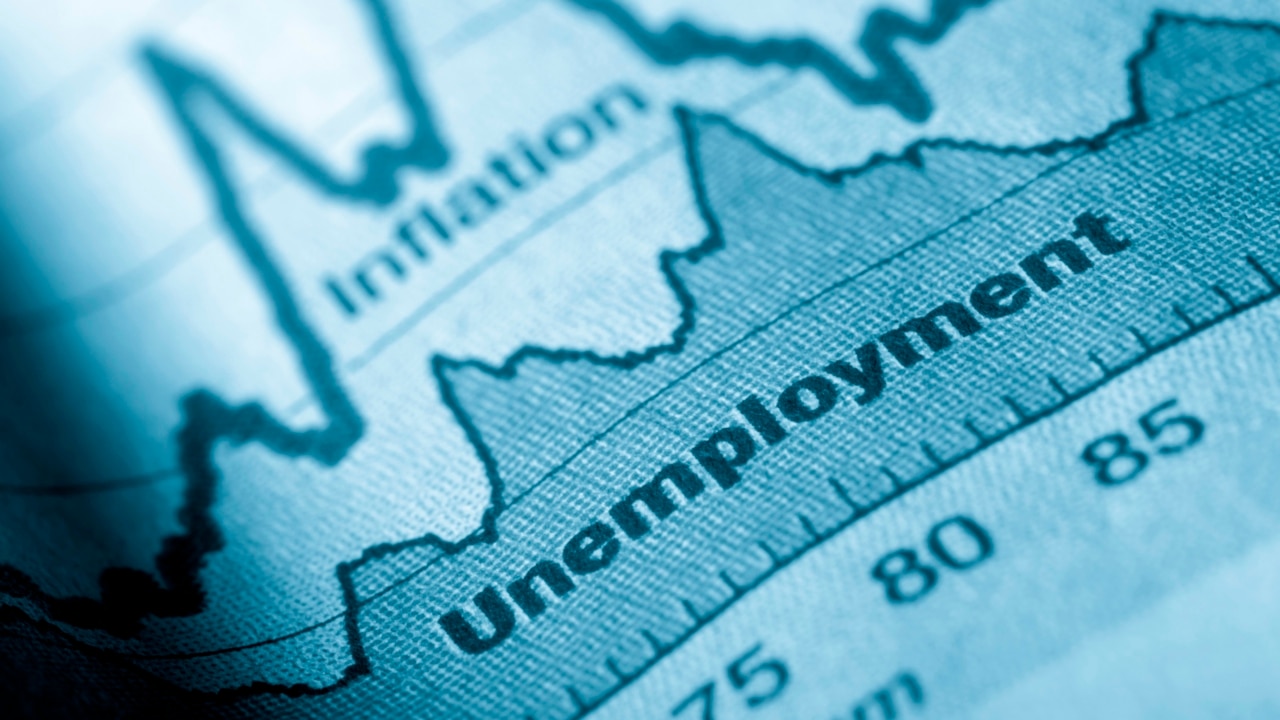
Business Breaking News
Don't miss out on the headlines from Business Breaking News. Followed categories will be added to My News.
Australia’s jobless rate has fallen to 3.6 per cent in September, shrugging off fears from the Reserve Bank the jobs market had reached a “turning point” after its punishing round of rate rises.
The Australian Bureau of Statistics reports the country added 6700 jobs across the month, below economists’ expectations of a 20,000 increase.
The participation rate, which measures the proportion of the working-aged population who are working or looking for work, fell 0.3 points to 66.7 per cent.
The ABS states the fall in the unemployment rate was driven mainly by a larger proportion of people moving from being unemployed but still looking for work to dropping out of the labour force entirely, meaning they are no longer looking for work.
The number of unemployed people fell by about 20,000 across September.
While Australia’s population surged by 563,200 in the year to March, with more than 80 per cent of these new migrants, workers have found it still just as easy to find a job, as employment and population growth have risen together.
At the current pace of population growth, about 35,000 new jobs need to be created every month for the unemployment and participation rates to hold steady.
“In trend terms, the growth in employment has gradually slowed; however, the employment-to-population ratio and participation rates are still close to their recent record highs. These still point to a tight labour market,” ABS head of labour statistics Kate Lamb said on Thursday.
But while it’s good news for job holders, it could be tough news for home hunters.
The stronger set of numbers will add pressure on the RBA to raise rates when its board meets on November 7.

Concerns of ‘turning point’ in jobs market
In the minutes for its most recent meeting, Reserve Bank board members noted that the jobs market had reached a “turning point” as the supply of workers had increased while demand had moderated.
“Underemployment had risen a little more noticeably, as had the youth and medium-term unemployment rates,” the minutes read.
“Hours-based unemployment and underemployment rates had both ticked up in recent months from their lows reached in late 2022.”
As a result of its aggressive run of interest rate increases, which have risen by 4 per cent since May last year, the central bank expects the economy will slow, pushing the unemployment rate to 3.9 per cent by year’s end and to 4.5 per cent by mid-2025.
Oxford Economics Australia macroeconomic forecaster Sean Langcake said the latest numbers suggested the evidence for a turning point was “mixed”.
“We are yet to see a sustained, upward drift in the unemployment rate,” he said.
“Nevertheless, demand is cooling with hours worked continuing to decline in September and job vacancies also coming off.
“The RBA’s hawkish communications over the past week have increased the chances for a rate hike in November.
“There is likely little in today’s data that move the needle either way. There are nascent signs the labour market is slackening, but this is a slow process and the market remains very tight. “The upcoming CPI data next week will be the key piece of data heading into the November meeting.”
No ‘red flag’ but inflation will be key
betashares chief economist David Bassanese said the September report did not produce the “red flag” the RBA needed to see to justify a rate hike next month.
“That said, with house prices moving higher and upside risks to inflation from the rebound in oil prices, the November RBA meeting is ‘live’ in the sense that there’s a non-negligible risk that RBA decides to raise rates,” he said.
“As noted in the minutes to the RBA October policy meeting, the board has a low tolerance for a slower return of inflation to target than currently expected’.
“Next month, the RBA will have in its hands critical new information on inflation and a requirement that it publish updated inflation forecasts a few days after the policy meeting.

“Next week’s CPI inflation report will be critical. A larger than expected price gain, especially for underlying prices, which causes the RBA to revise up its inflation forecasts (to be published in the November statement on monetary policy on Friday, November 10) would likely see the RBA raises rates on Melbourne Cup day, Tuesday, November 7.”
Mr Bassanese said anything larger than a quarterly headline and trimmed mean price gain of 1 per cent and 0.8 per cent in next week’s report would likely cement a rate hike.
“At this stage, my base case is that inflation outcomes won’t be larger than these ‘lines in the sand’, allowing the RBA to remain cautiously on hold in November for the fifth meeting in a row,” he said.
“Of course, even if the inflation report is not a lot worse than expected, the RBA could still raise rates next month out of concern with runaway house price growth and headline inflation remaining ‘higher for longer’ due to the lift in petrol prices.”

War fallout to hit Australians
Treasurer Jim Chalmers, responding to the figures, has warned Australians the eruption of war in the Middle East could deliver more inflation and higher interest rates.
He said global oil producers had already cut back production in recent months, leading to upward pressure on prices and the Israel-Gaza war would likely extend this trend.
The price rises would likely flow into inflation figures, the Treasurer said, which could push the RBA to hike rates.
“Conflict in the Middle East is now another concerning part of the economic outlook,” he said.
Mr Chalmers said while the September report showed some “softening” in the labour market, the country would meet the current period of economic uncertainty from a “position of strength”, noting the high participation rate and low unemployment figure.
“The participation rate is still near record highs,” he said.
Originally published as Unemployment rate falls to 3.6 per cent defying fears of slowdown

